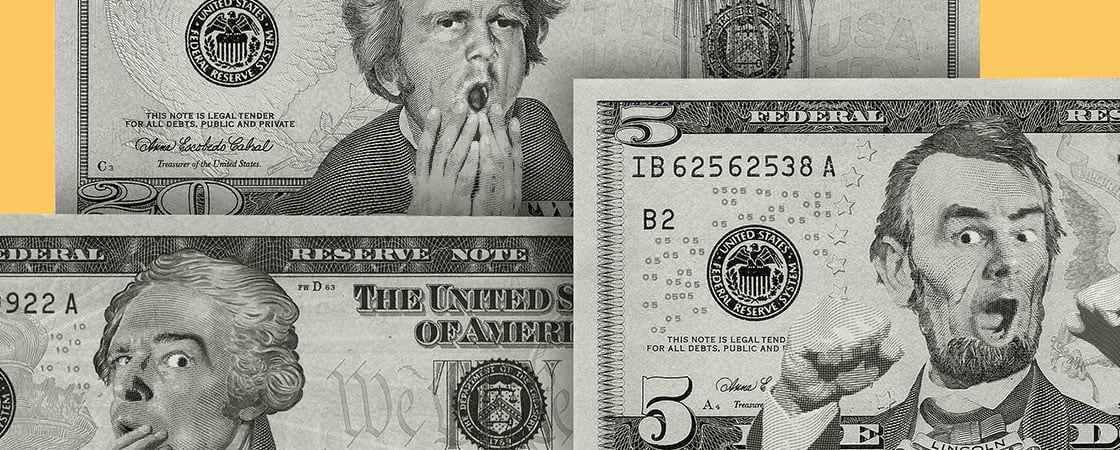Here’s a riddle: I was invented more than 1,000 years ago. I can be germier than a toilet seat. At least two countries are trying to get rid of me forever.
What am I?
Paper money!
For centuries, people around the world have used paper money and coins—cash, in other words—to buy stuff. But now, technology has made it possible to get just about anything you want without ever touching a dollar, quarter, or nickel. We can shop online and in stores with credit cards and debit cards and apps on our phones.
“Within 10 years, cash will seem old-fashioned,” predicts Susan Crawford, a technology expert at Harvard University.
Indeed, Amazon, Shake Shack, and Starbucks are among the many businesses experimenting with going cashless. Even entire countries, like Sweden and South Korea, are getting rid of cash.
But the cashless trend has sparked a debate. While it offers many exciting opportunities, getting rid of cash has some serious drawbacks too.

